According to the Vietnam Textile and Apparel Association, Vietnam is currently considered the third largest textile and garment exporter in the world (after China and Bangladesh) and has passed the stage of only making cheap processed goods. The opportunities for the industry are huge, as products are not only limited to the popular segment but also target the high-end market, requiring high design and technology content. However, along with the opportunities come challenges in terms of competition, cash flow and logistics costs.
In the first 9 months of the year, the total textile and garment export turnover reached nearly 35 billion USD, up 7.7% over the same period. This is a clear sign of recovery after a period of stagnation due to the impact of the COVID-19 pandemic and tariff-related issues. Vietnamese textile and garment products are present in 138 markets, including new markets such as the Middle East and Africa. However, the way international brands order is changing rapidly.
Mr. Vu Duc Giang - Chairman of Vietnam Textile and Apparel Association said: "They buy goods in the form of FOB..., even now they buy goods at their warehouses, their stores in their country. Banks must accompany businesses in providing financial cash flow for sales contracts".
Textile and garment enterprises are under great pressure from deferred payment methods. In addition, they must have enough financial resources to cover costs until delivery, as well as self-manage and bear risks for the entire transportation supply chain, especially to the US market, which accounts for more than 40% of Vietnam's total export turnover.
Ms. Dang Minh Phuong - President of Ho Chi Minh City Logistics Association shared: "In order to reduce logistics costs and improve competitiveness, businesses must first use a shared system. By sharing, I mean that businesses need to use the services of third parties, as well as units providing supply chain solutions."
Ms. Tran Thi Ngoc Lien - Deputy Director of State Bank Region 2 commented: "With the forecast for the last three months of the year, more credit capital will be provided to the market due to the months serving the peak agricultural product purchasing season, Tet peak season and export orders...".
From finance to logistics, the cooperation of banking systems and supply chain solutions will help the textile industry reduce costs, increase competitiveness and move towards green and sustainable development. This is the key to maintaining export market share and entering high-value segments in the coming period.
Source: https://vtv.vn/det-may-viet-nam-da-qua-thoi-lay-cong-lam-lai-100251013100034146.htm





![[Photo] Solemn opening of the 1st Government Party Congress](https://vphoto.vietnam.vn/thumb/1200x675/vietnam/resource/IMAGE/2025/10/13/1760337945186_ndo_br_img-0787-jpg.webp)


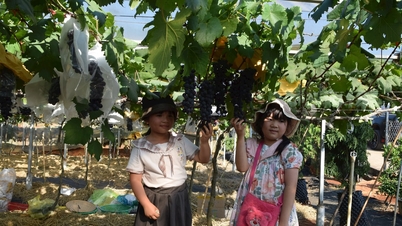

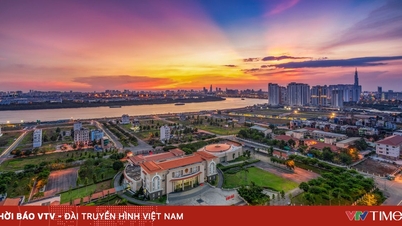
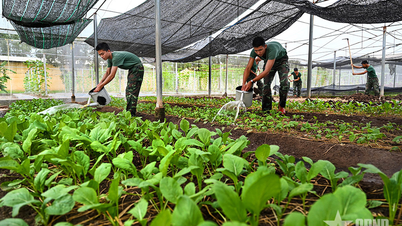

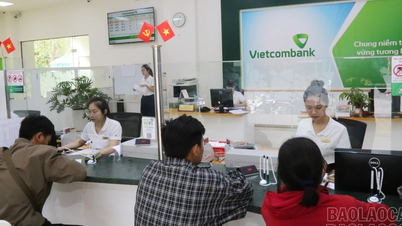


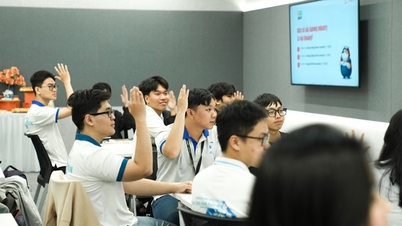

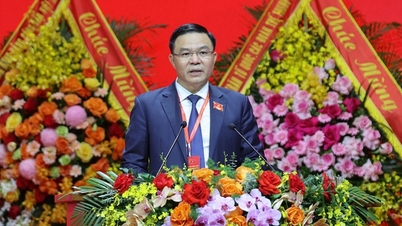

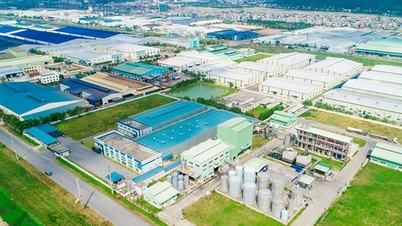



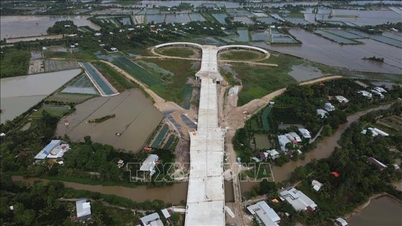

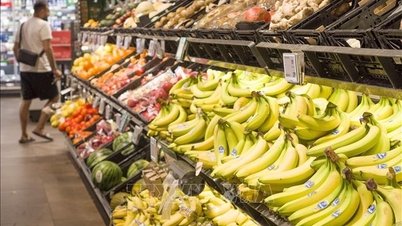




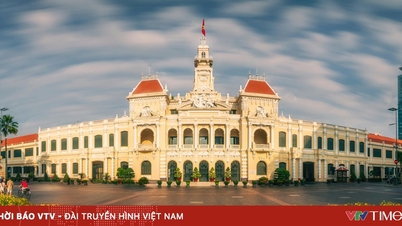
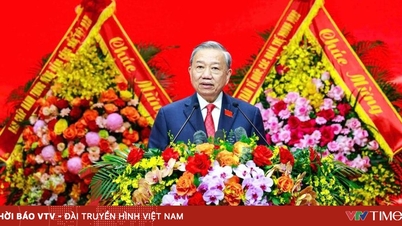
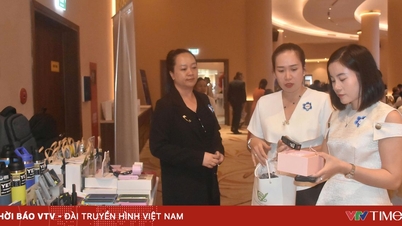
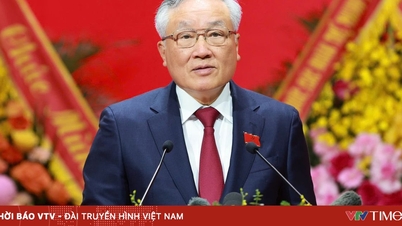


![[Photo] General Secretary To Lam attends the opening of the 1st Government Party Congress](https://vphoto.vietnam.vn/thumb/1200x675/vietnam/resource/IMAGE/2025/10/13/1760321055249_ndo_br_cover-9284-jpg.webp)




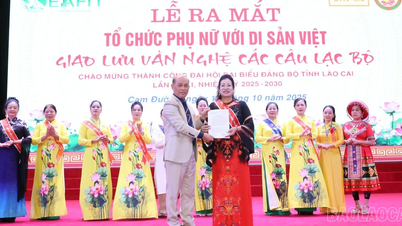
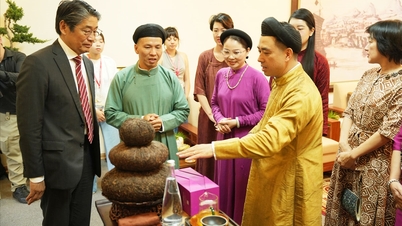







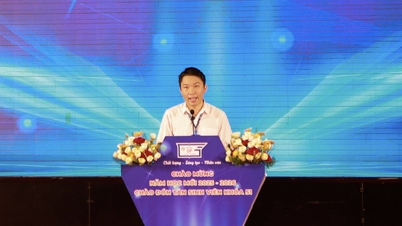











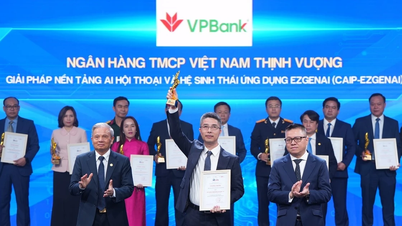


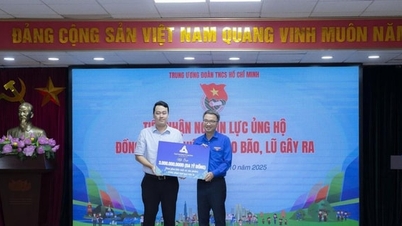

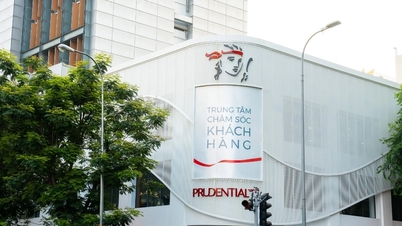

















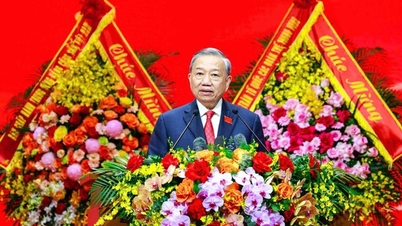
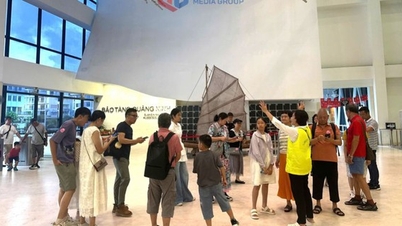
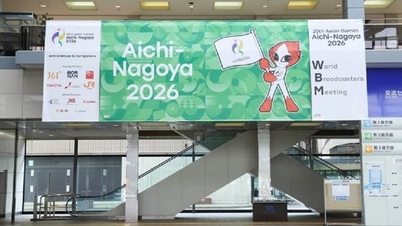


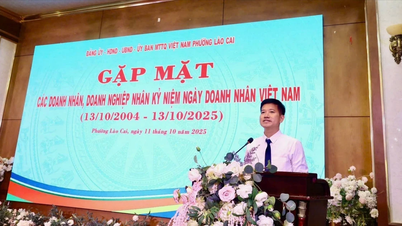
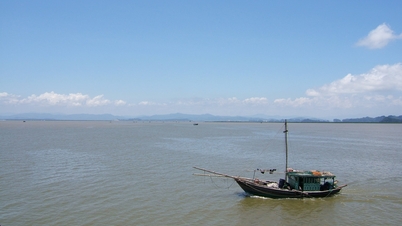

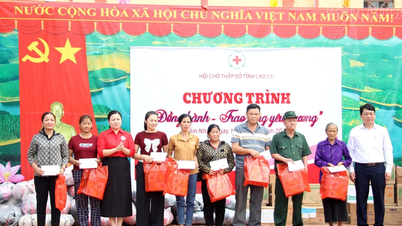
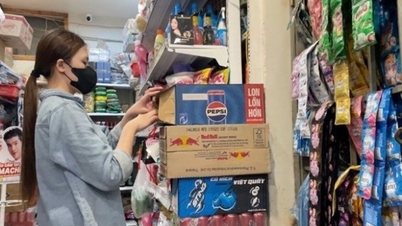

















Comment (0)